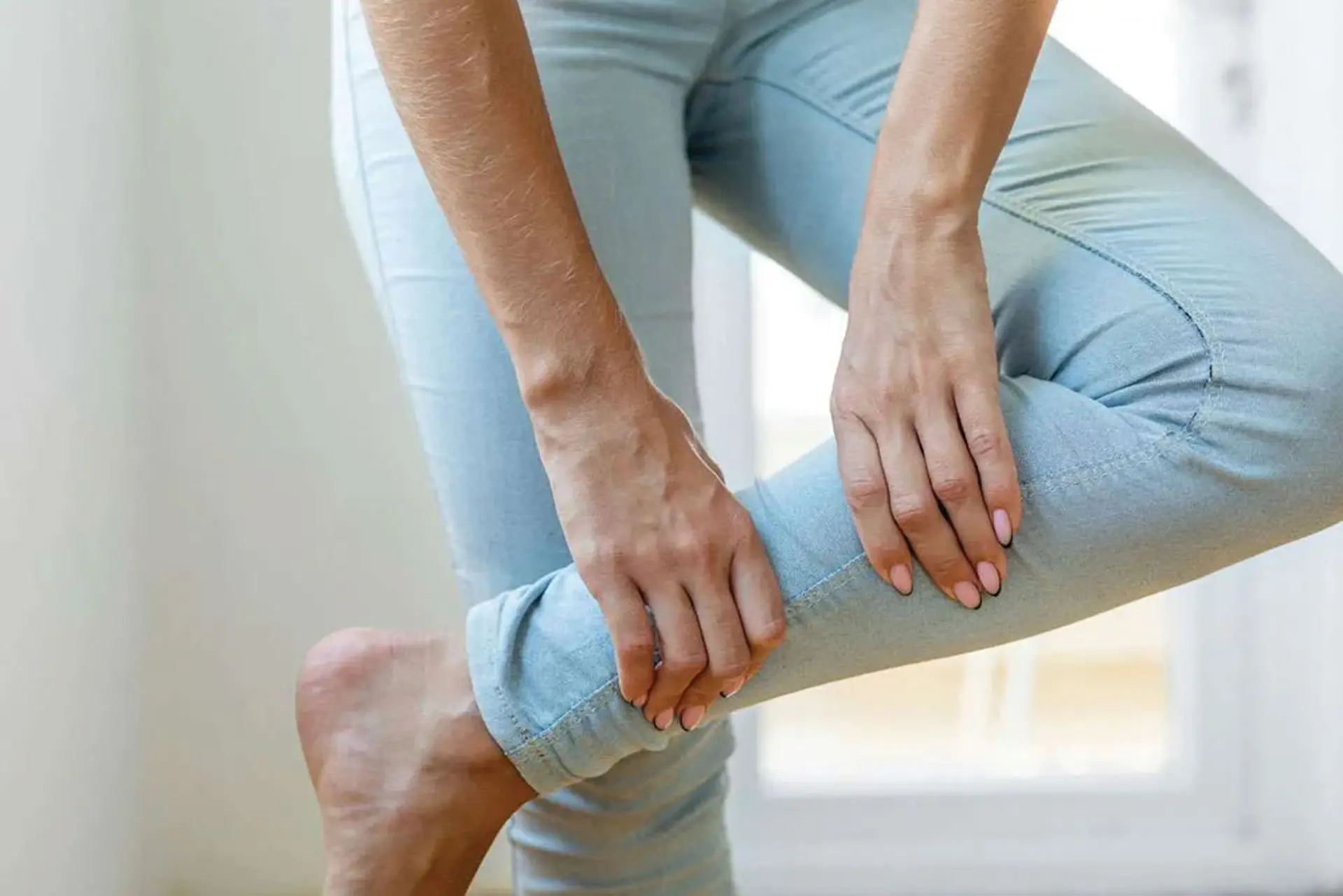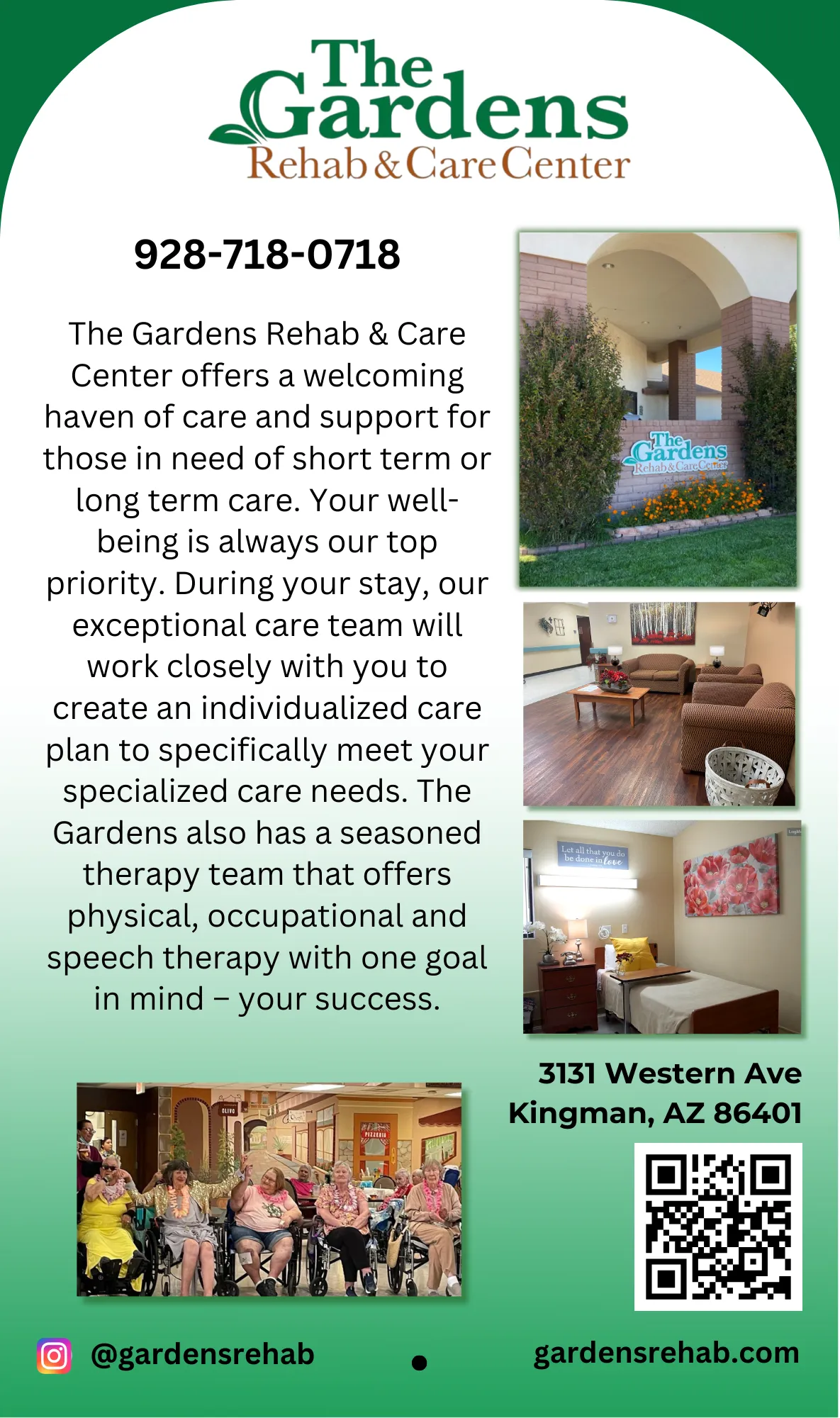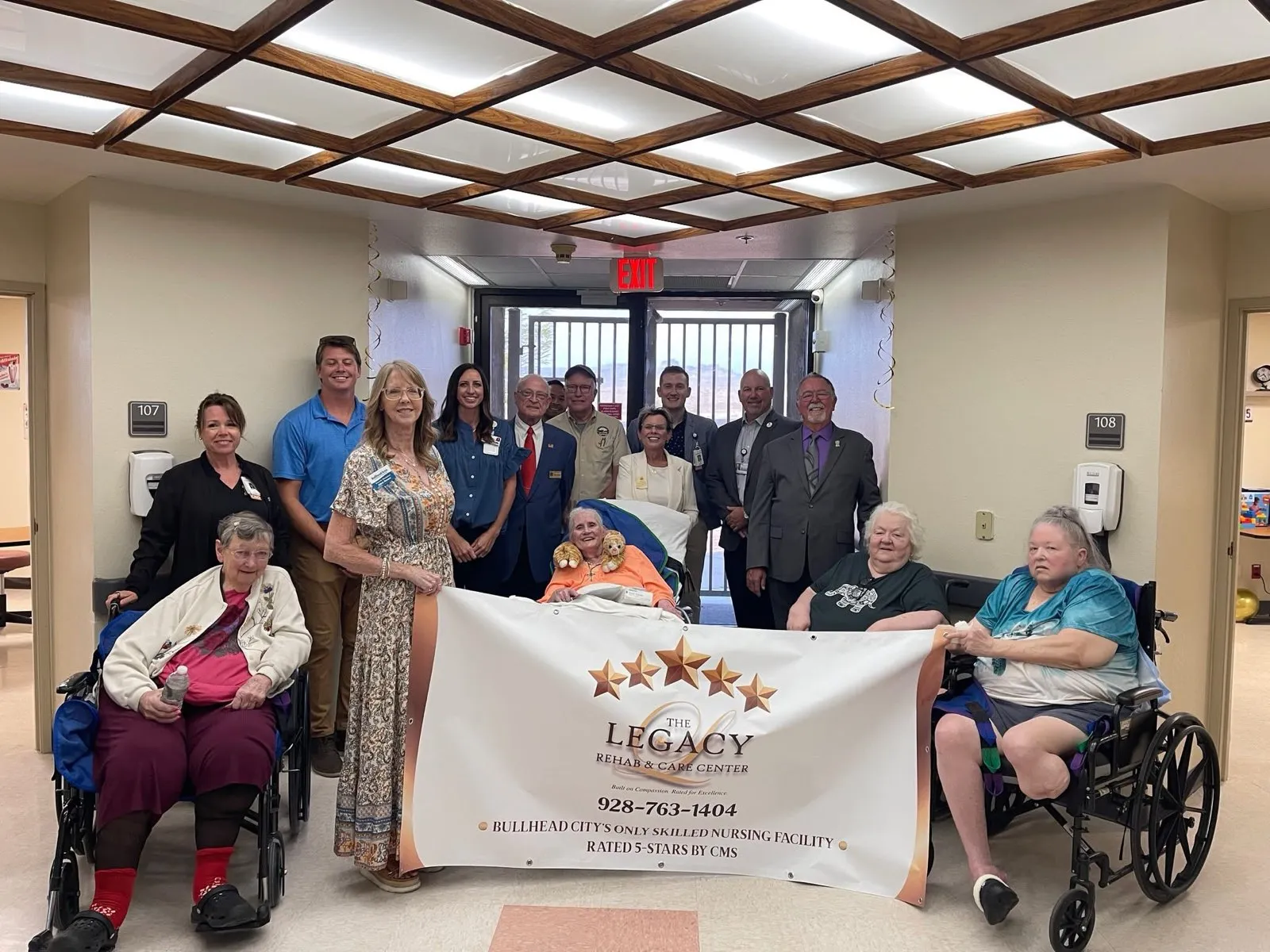NATION — Restless leg syndrome (RLS) is often worse at nighttime. Some people may only have the symptoms at this time. Many with RLS also experience limb movements during sleep. As many as 80% of people with RLS also have a sleep disorder known as periodic limb movement, which causes involuntary, repetitive movements, often in the lower body.
What is RLS?
RLS, also known as Willis-Ekbom disease, is a common condition that causes intense urges to move the legs. A person may feel an unpleasant crawling or tingling sensation on the skin, which temporarily gets better after moving the limbs.
It is typical for the symptoms to get worse at night. Sometimes, this may be the only time a person has any symptoms.
RLS is not painful, but it can be disruptive and affect quality of life.
What Causes Nighttime RLS?
Scientists do not yet know why RLS occurs or gets worse at night. However, there are some possible theories:
- Fatigue: People with RLS sometimes notice their symptoms get worse when they are tired. This may be why symptoms get worse at the end of the day or when sleepy.
- Neurotransmitters: RLS has an association with dopamine dysregulation. The way neurotransmitter levels naturally change over the course of the day and night, as part of a person’s circadian rhythm, may therefore influence symptoms.
- Rest: A 2023 review of medical literature notes that in some studies, researchers have found that RLS gets worse when people are sitting or lying down, no matter what time of day it is. This suggests rest may play a role in RLS symptoms as well as the time of day.
Primary vs Secondary RLS
The underlying causes of RLS more generally fall into two categories: primary and secondary.
Causes of Primary RLS
Primary RLS is a condition of the central nervous system (CNS), which includes the brain and spinal cord. Sometimes, doctors do not know why people get primary RLS, but in some cases, it runs in families. This suggests a genetic link.
Changes in the BTBD9 and MEIS1 genes have associations with RLS. These genetic changes may influence dopamine levels or activity and iron stores in certain parts of the brain, which then affect the CNS.
However, more research is necessary to understand this.
Causes of Secondary RLS
Unlike primary RLS, secondary RLS occurs as a result of other factors. It may occur secondary to some disorders, including:
- Deficiencies in certain nutrients, such as iron, magnesium, or folate
- Pregnancy, which affects around one-third of pregnant people
- Celiac disease
- Diabetes
- Fibromyalgia
- Peripheral neuropathy
- Rheumatic diseases
- Lumbosacral radiculopathy
- Venous insufficiency
- Amyloidosis
- End-stage kidney disease
Some medications can also cause or worsen RLS, including:
- Caffeine
- Alcohol
- Diphenhydramine (Benadryl)
- Beta-blockers
- Tricyclic antidepressants
- Selective serotonin reuptake inhibitors
- Serotonin-norepinephrine reuptake inhibitors
- Lithium
- Medications that block or suppress dopamine, such as antipsychotics
Managing Nighttime RLS
Mild RLS does not always require treatment. But depending on the cause of RLS, there may be ways to reduce it or to manage the symptoms so they are less intrusive.
These strategies include:
Avoiding Triggers
Some people report their RLS gets worse when they are stressed or tired, or when they have consumed stimulants such as caffeine or nicotine. Practicing some self-care strategies may help avoid this.
People may want to try:
- Reducing or stopping caffeine consumption
- Limiting alcohol, especially in the evening
- Exercising regularly, but not too close to bedtime
- Reducing avoidable stress
- Trying stress management or relaxation techniques
- Doing activities that are calming before sleep, such as taking a bath or reading
Vibration or Massage
Some people find that massaging the legs or using devices that electrically stimulate them can ease symptoms.
Improving Nutrition
Some cases of secondary RLS occur due to nutritional deficiencies. People can get blood tests from a doctor to determine whether this applies to them.
If it does, making dietary changes or taking supplements may help. For those with iron deficiency, it may help to take vitamin C with iron, as this increases the body’s absorption of the iron.
Checking Medications
If a medication or supplement a person takes could be causing RLS, talking with a doctor or pharmacist will help. They can advise on alternatives or suggest a different dose.
Do not change the dosage or stop taking a drug without speaking to a doctor first. Doing this could have risks.
Managing Underlying Conditions
If a person has RLS due to another condition, such as diabetes, it is important to manage the condition.
Treatment for these conditions may not cure RLS, but it could stop RLS from getting worse or from other complications developing. Speak with a doctor to discuss a treatment plan.
Is RLS Related to Other Sleep Disorders?
Yes, RLS has a strong association with a sleep disorder known as periodic limb movement, which causes movements of the legs or arms during sleep. Sometimes, this can wake a person, but in other cases, people are unaware it is happening.
People may also mistake hypnic jerks for RLS or periodic limb movement. Hypnic jerks are a sudden twitching or “jerking” movement that wakes a person when they are falling asleep. They can also cause a sudden increase in heart rate and breathing.
According to a 2023 case study, many adults experience hypnic jerks at some point, but some people experience them more than others. They have associations with some of the same factors as RLS, including stress, caffeine, and antidepressants.
FAQ About RLS at Night
How Does RLS Affect Sleep Quality?
RLS can make it more difficult to get to sleep. If a person also has periodic limb movement, they may also wake up during the night or find it more difficult to stay asleep.
Are There Any Sleep Positions That Help with RLS?
There are no studies showing that certain sleeping positions help with RLS. Anecdotally, some people report that using pillows to cushion or slightly elevate the legs helps.
Others may find gentle pressure on the legs or feet beneficial, such as from a weighted blanket.
Summary
Restless leg syndrome (RLS) is often worse in the nighttime. For some, this may be the only time they notice symptoms. For others, existing symptoms may get worse in the evening or when trying to sleep.
RLS can be distressing, but depending on the cause, there may be treatments that can help. Speak with a doctor if RLS is causing sleep disturbances, stress, or anxiety, or if it is interfering with daily activities.
— Amy Murnan











